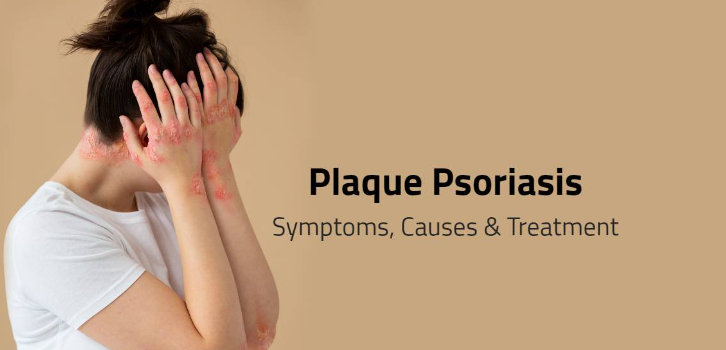More than skin deep, the disorder can impact everything from the joints to mental health of those with plaque psoriasis
About 8 million Americans, or 2% to 3% of the population, suffer from the skin ailment psoriasis. And the great majority of cases—between 80% and 90%, according to estimates—involve a specific type of psoriasis known as plaque psoriasis, which is typified by thick, dry, raised, red skin lesions known as plaques.
The silvery-white dead skin cells that cover the plaques can cause pain and itching, and they can appear anywhere on the skin’s surface, including the scalp, face, soles of the feet, and all areas in between. Common locations for patches include the lower back, outside of the knees, elbows, and palms.
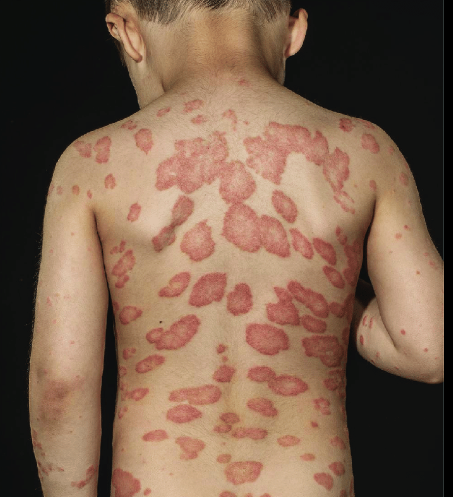
Causes of plaque psoriasis
Genetics and a family history of the condition make people more likely to develop plaque psoriasis. However, not everyone who has any of the more than two dozen known genetic variants that increase the risk of psoriasis will actually develop it. Certain triggers in the environment or a person’s life experience, combined with heredity, can cause psoriasis to become active. The National Psoriasis Foundation notes that such triggers aren’t universal. They can impact some people but not others.
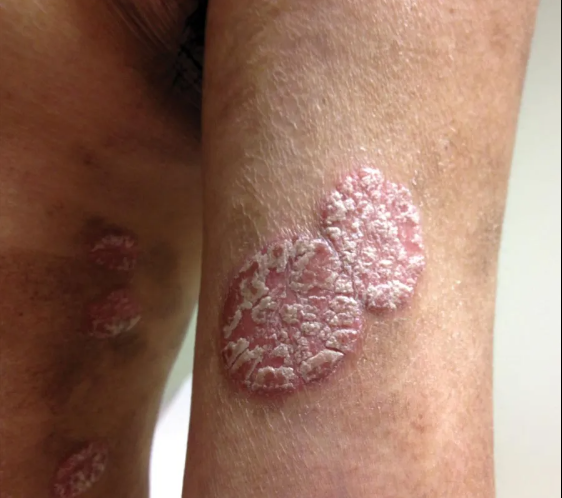
Those triggers include:
- Infections, such as pharyngitis.
- Skin damage, which can include sunburn, cuts, and vaccinations,.
- Smoking.
- Tension.
- Medications such as beta blockers for high blood pressure, lithium for bipolar disorder, and antimalarial medications.
- Insufficient levels of vitamin D (although a definitive link hasn’t been made) and insufficient sun exposure.
Symptoms
If you’ve developed a rash that won’t go away on its own or with simple topical treatment like you might get at the pharmacy, it may be time to talk with your doctor.
Some symptoms that could indicate you have plaque psoriasis are:
- Characteristic plaques, or red, raised scales, covered with thick, silvery scales.
- Itching.
- Pain related to a burning sensation or soreness.
- Cracking, fissuring skin, which may bleed.
- Changes in the fingernails or toenails may cause them to become thick, develop ridges, raise off the nail bed or be discolored.
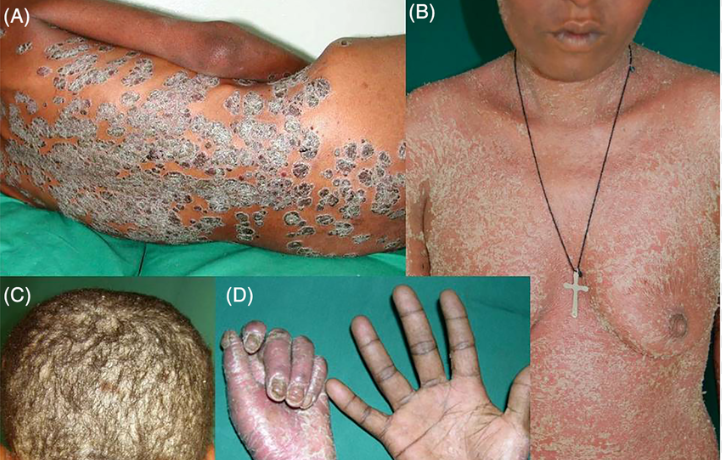
Diagnosis
A health care provider, such as a dermatologist, will take into account a person’s medical history, including their family history, as well as examining the skin. That’s generally all that’s needed to diagnose plaque psoriasis. Less commonly, a biopsy may be ordered to get a sample of skin and look at cells under the microscope. This may be done to pinpoint the type of psoriasis (if that’s not already clear) and rule out skin issues like eczema or other medical conditions to better target treatment.
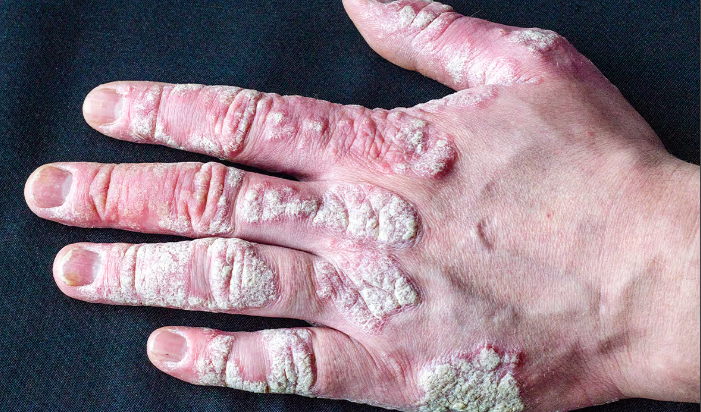
Treatment
Plaque psoriasis, like other forms of the skin condition, is a lifelong disease that can’t be cured. But a range of treatment options may make it possible to keep it at bay and significantly reduce the appearance of plaques. Many people first see their primary care providers about psoriasis. If it’s mild—perhaps just a few smaller spots that aren’t of major concern—the doctor may prescribe something like a topical corticosteroid that can be applied to slow cell growth and decrease inflammation and itching. But especially if it’s more severe, not limited to one part of the body, or highly visible, and it affects your quality of life, experts recommend seeing a dermatologist who is well-versed in treating the condition.
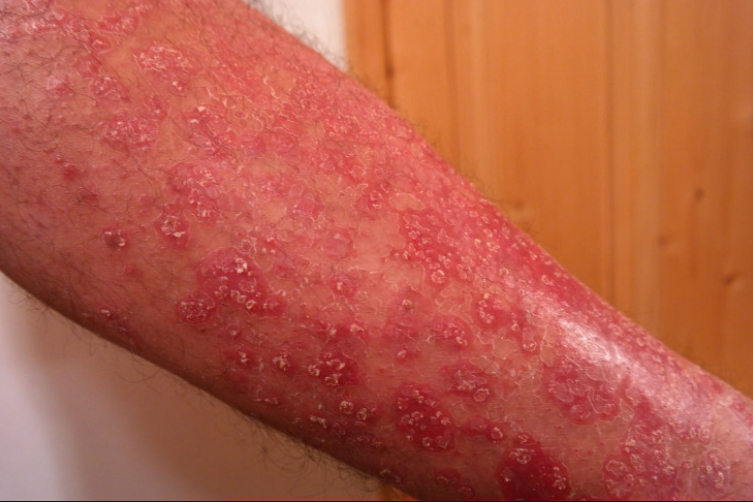
Also read-More U.S. waterways may become home to flesh-eating bacteria due to climate change
images source: Google
Disclaimer: The opinions and suggestions expressed in this article are solely those of the individual analysts. These are not the opinions of HNN. For more, please consult with your doctor







